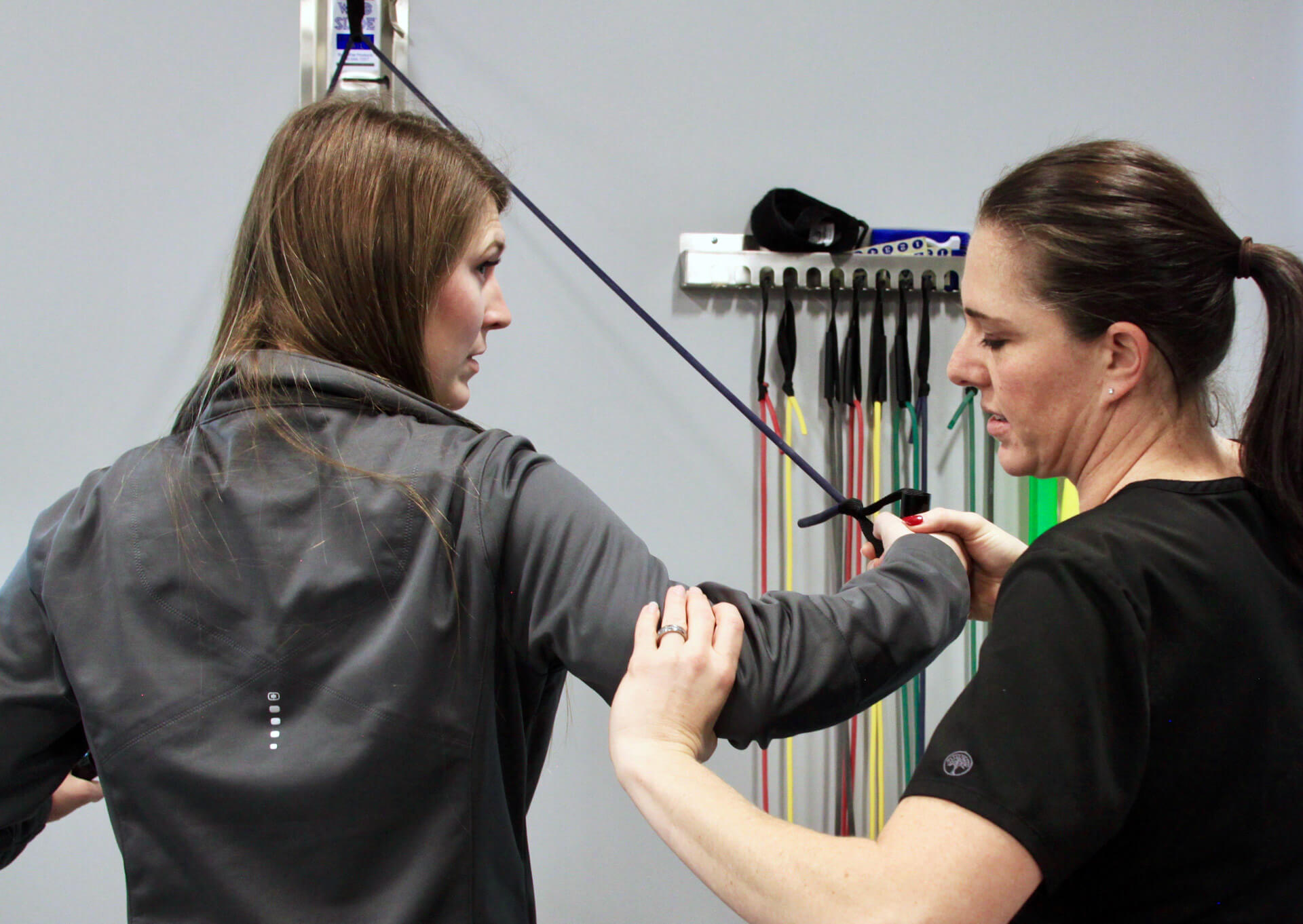Harmonious Conventional and Complementary Pain Therapies

If something is complementary, then it somehow completes or enhances the qualities of something else. Complementary colors are opposite in hue on the color wheel but actually go well together. When combined, they make a harmonious palette. Complementary therapies may complement your pain management plan.
Pain can be caused by surgery, injury, nerve damage, metabolic problems such as diabetes, or without any obvious cause at all. The complexities of pain create a special need for physicians with the knowledge and skills to treat pain. A pain management specialist relieves pain using a combination of interventional procedures, medications and physical therapy.
Conventional pain relief methods can help to block pain signals before they reach the brain. The spinal nerves send messages to the brain. The traveling message may be pain, but the pain signal can be intercepted with treatments, such as spinal injections, steroid injections, pain relievers, muscle relaxants, antidepressants, anti-seizure medications, TENS (transcutaneous electrical nerve stimulation), spinal cord stimulation (SCS), and physical therapy.
Complementary therapies to relieve pain signals include manual therapy, mind-body relaxation techniques, movement therapy, and exercise:
- Manual therapies encompass any manipulation of the body using the hands, including spinal or joint manipulation by a physician, chiropractor, physical therapist (PT), or licensed massage therapist. Practitioners put pressure on muscle tissue and manipulate joints in an attempt to decrease pain caused by muscle spasm, muscle tension and joint dysfunction.
- Mind-body techniques include meditation, mindfulness, guided imagery, positive thinking, and deep breathing to help to relax and restore a sense of control over the body. The objective is to rewire the brain to perceive pain differently, override established pain signals, and take the mind off of the pain.
- Tai chi, qi gong and yoga are mind-body-movement practices incorporating mental focus, relaxation, breathing, and gentle movements. These disciplines may help to achieve peacefulness of mind and body, and manage stress and anxiety.
- Exercise improves physical and mental health, and studies show that exercise can relieve chronic pain. Regular activity is good for the heart, sharpens the mind, nudges blood pressure down, pushes morale up, eases stress, and shaves off unwanted pounds.
“Pain tolerance, which depends more on the affective, or emotional, component of pain, is where we see the biggest differences. Yoga and other integrative therapies seem to alleviate pain not so much by changing the physical sensation of pain, but by altering people’s reactions to the sensation,” explains Marta Ceko, Research Associate, University of Colorado, Boulder.
DOC’s pain management specialists will customize a plan to control pain with a harmonious combination of conventional and complementary therapies, which may include DOC physical therapy.
For more information on the cost of care, click here




